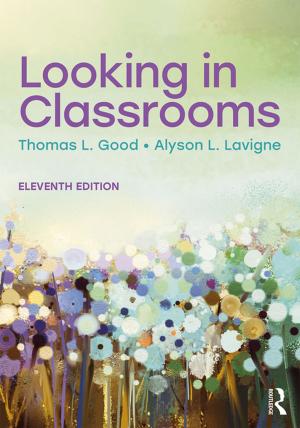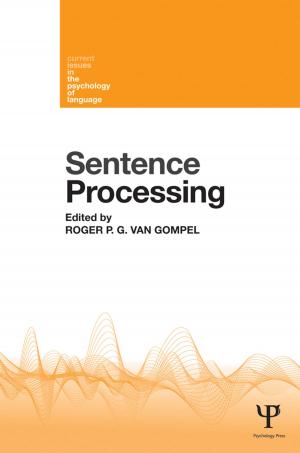Clinical and Neuropsychological Aspects of Closed Head Injury
Nonfiction, Health & Well Being, Psychology, Neuropsychology| Author: | Dr J Richardson | ISBN: | 9781317774822 |
| Publisher: | Taylor and Francis | Publication: | November 12, 2013 |
| Imprint: | Psychology Press | Language: | English |
| Author: | Dr J Richardson |
| ISBN: | 9781317774822 |
| Publisher: | Taylor and Francis |
| Publication: | November 12, 2013 |
| Imprint: | Psychology Press |
| Language: | English |
In all industrialised countries, closed head injuries are responsible for vast numbers of hospital admissions and days of work lost. For instance, about 120,000 patients are admitted to hospital in the United Kingdom each year with a diagnosis that reflects closed head injury. Such injuries are a major cause of deaths following accidents, especially those that involve children and young people, and they are also a major cause of handicap and morbidity among the survivors.
This clinical condition is intrinsically a neurological one, but its proper evaluation demands an understanding of the associated psychology and psychopathology. At the same time, a major neurological condition with such a high level of incidence ought to be extremely informative about the functioning of the human brain and hence provide a major focus for neuropsychological investigation. In this book, the author seeks to integrate these two different perspectives by reviewing the clinical and neuropsychological aspects of closed head injury in a manner that is equally intelligible to researchers interested in the effects of brain damage upon human behaviour and to practitioners who are responsible for the assessment, management and rehabilitation of head-injured patients.
This is the second edition of a book which was first published in 1990, and which has been extensively revised in the light of the subsequent research in the field. The book begins by considering the epidemiology, causes and structural neuropathology of closed head injury. It then considers the impact of closed head injury on memory, cognition, language, communication, personality and social behaviour. Finally it outlines the outcome, the mechanisms of recovery and the prospects for rehabilitation.
In all industrialised countries, closed head injuries are responsible for vast numbers of hospital admissions and days of work lost. For instance, about 120,000 patients are admitted to hospital in the United Kingdom each year with a diagnosis that reflects closed head injury. Such injuries are a major cause of deaths following accidents, especially those that involve children and young people, and they are also a major cause of handicap and morbidity among the survivors.
This clinical condition is intrinsically a neurological one, but its proper evaluation demands an understanding of the associated psychology and psychopathology. At the same time, a major neurological condition with such a high level of incidence ought to be extremely informative about the functioning of the human brain and hence provide a major focus for neuropsychological investigation. In this book, the author seeks to integrate these two different perspectives by reviewing the clinical and neuropsychological aspects of closed head injury in a manner that is equally intelligible to researchers interested in the effects of brain damage upon human behaviour and to practitioners who are responsible for the assessment, management and rehabilitation of head-injured patients.
This is the second edition of a book which was first published in 1990, and which has been extensively revised in the light of the subsequent research in the field. The book begins by considering the epidemiology, causes and structural neuropathology of closed head injury. It then considers the impact of closed head injury on memory, cognition, language, communication, personality and social behaviour. Finally it outlines the outcome, the mechanisms of recovery and the prospects for rehabilitation.















